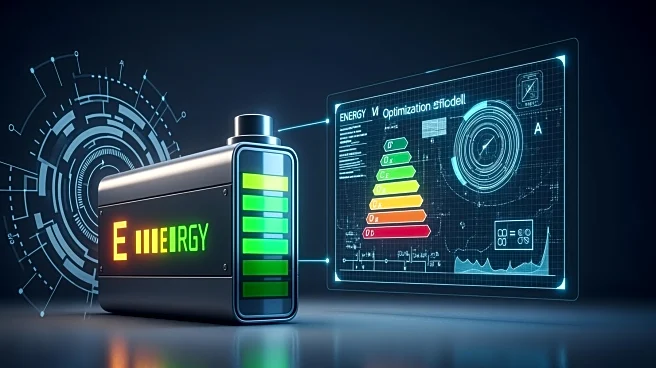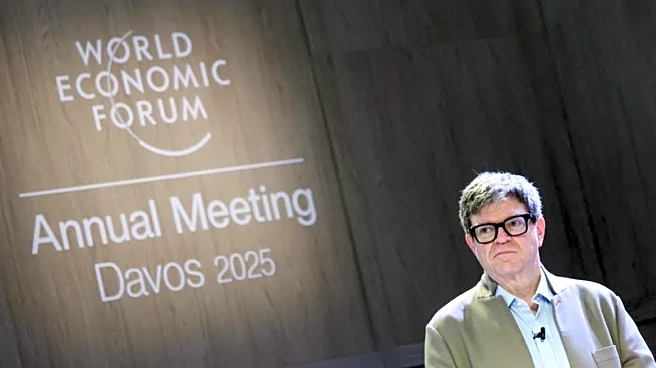What's Happening?
The U.S. power infrastructure landscape is undergoing significant changes, particularly in the relationship between utilities and engineering, procurement, and construction (EPC) firms. Traditional models, which relied on sequenced approvals and fixed-price
bids, are being replaced by integrated, risk-transparent partnerships. These new models prioritize real-time data, collaborative planning, and portfolio-level coordination. The shift is driven by supply chain disruptions, workforce scarcity, and the increasing demand for electricity, particularly from data centers. As a result, EPC firms are moving away from fixed-price delivery towards collaborative, transparent cost-sharing models.
Why It's Important?
This transformation in EPC partnerships is crucial for addressing the growing demand for electricity in the U.S., especially with the rise of data centers and artificial intelligence. By adopting more flexible and transparent contracting models, utilities and EPC firms can better manage risks associated with supply chain volatility and labor shortages. This approach not only ensures timely project delivery but also aligns investments with real demand, protecting customer rates. The shift towards collaborative models may lead to more efficient and resilient power infrastructure, benefiting both the industry and consumers.
What's Next?
Utilities are increasingly embracing early EPC engagement to manage risks and stage investments effectively. Binding customer agreements are shaping project economics, allowing utilities to filter out speculative loads and align generation investments with actual demand. This approach is expected to strengthen contractual visibility, reduce speculative exposure, and ensure cost recovery. As the demand for electricity continues to rise, particularly from hyperscalers like Google and Meta, utilities and EPC firms will likely continue to refine their contracting strategies to meet these challenges.
Beyond the Headlines
The integration of digital platforms and AI into project delivery is reshaping the EPC industry. By embedding analytics and automation into workflows, EPCs can translate procurement and scheduling visibility into actionable performance metrics. This data-driven approach allows for real-time decision-making and risk management, fostering a collaborative environment between owners, engineers, and constructors. The use of digital tools is expected to enhance project efficiency, reduce costs, and improve overall execution.















